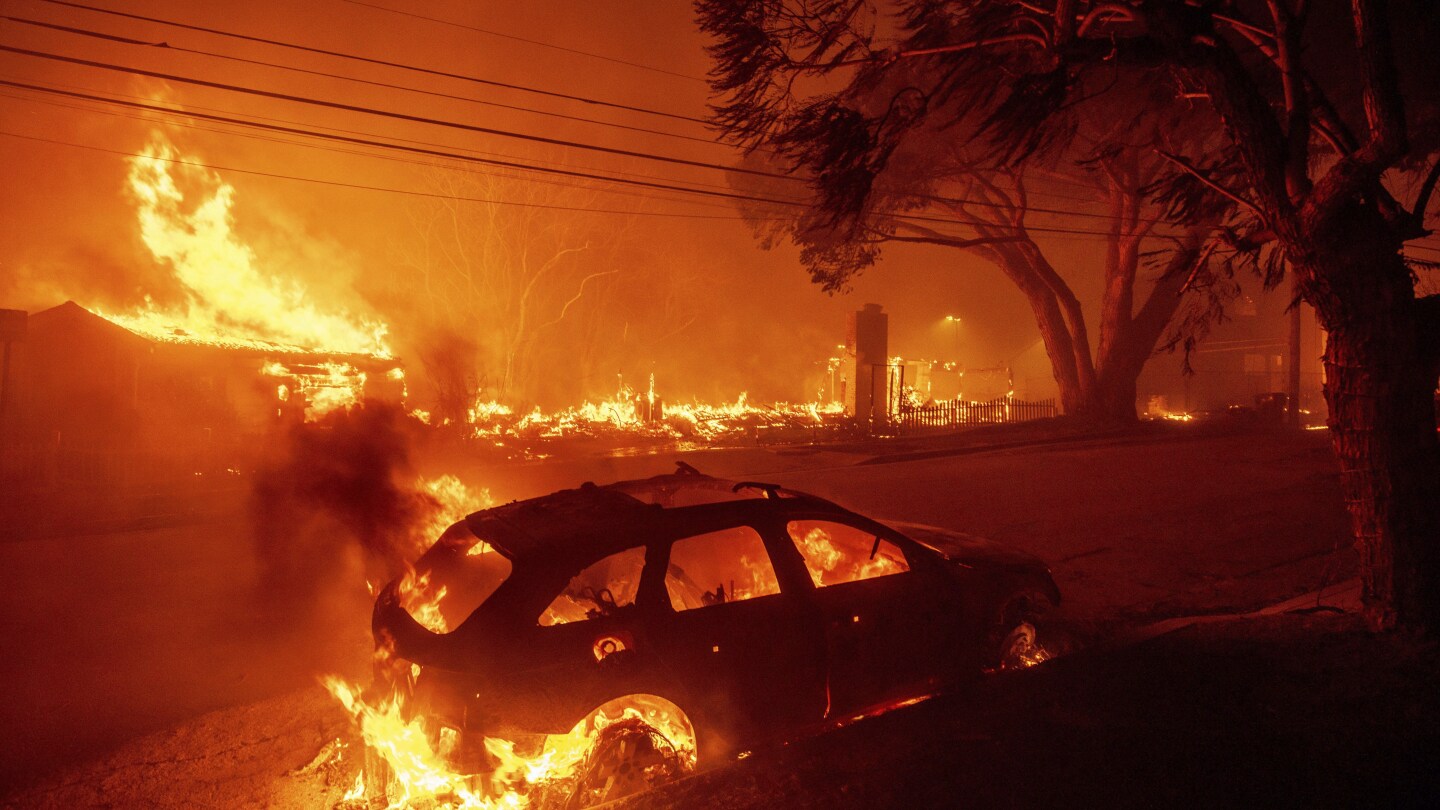Weather Whiplash: Unprecedented Extremes Impact Millions
A shocking week of weather extremes left millions of Americans reeling, as unprecedented storms and heatwaves wreaked havoc across the nation. The term “weather whiplash” has gained traction in recent years, describing the abrupt transitions between extreme weather conditions that can disrupt lives and create chaos in communities. This article delves into the recent events that exemplify this phenomenon, exploring the immediate and long-term impacts on communities, infrastructure, and the environment.
Understanding Weather Whiplash
Weather whiplash refers to rapid shifts in weather patterns, where communities can experience drastic changes—from blistering heat to torrential rain—within short time frames. These swings are becoming increasingly common due to climate change, which alters traditional weather patterns and increases the intensity of both storms and heatwaves.
For example, a region may bask in record-high temperatures one day and then face severe thunderstorms or flooding the next. Such extremes not only disrupt daily life but also strain emergency services and infrastructure, leading to widespread challenges for residents and local governments alike.
The Week of Extremes: A Recap
In a recent week characterized by weather whiplash, several states across the U.S. experienced a perfect storm of conditions that led to widespread disruptions:
- Heatwaves: Numerous states reported record temperatures soaring above 100°F, pushing power grids to their limits and prompting heat advisories.
- Severe Storms: Following the heat, regions experienced sudden downpours and strong winds, resulting in flash flooding and property damage.
- Infrastructure Strain: Many cities faced overwhelmed drainage systems, leading to street flooding and transportation delays.
The combination of these extremes created a scenario where millions were left to grapple with the aftermath, with emergency services working overtime to respond to crises as they unfolded.
Impact on Communities
The impacts of this recent weather whiplash were felt across multiple facets of life in affected areas:
Health Risks
Extreme temperatures can pose serious health risks, particularly for vulnerable populations such as the elderly and those with pre-existing health conditions. During the heatwave, hospitals reported an uptick in heat-related illnesses, including heat exhaustion and heat stroke. Public health officials urged residents to stay hydrated and avoid outdoor activities during peak heat hours.
Economic Disruptions
Local businesses also faced significant challenges. Restaurants, retail stores, and other establishments experienced decreased foot traffic due to weather conditions. Moreover, the costs associated with damage repairs and emergency responses diverted resources away from normal operations, potentially impacting long-term economic stability in the community.
Environmental Concerns
The sudden downpours that followed the heatwave had environmental repercussions as well. Flooding can lead to soil erosion, water contamination, and habitat destruction. Additionally, the rapid temperature changes can disrupt local ecosystems, affecting wildlife and plant species that struggle to adapt quickly enough to survive.
Infrastructure Challenges
Infrastructure is often the frontline defense against weather extremes, but in many places, it is not equipped to handle the rapid shifts caused by weather whiplash:
- Transportation: Roads flooded, and public transit faced delays, making commuting difficult for millions. Airports experienced flight cancellations and delays due to adverse weather conditions.
- Energy Supply: Power grids strained under the demand from air conditioning during the heatwave, resulting in rolling blackouts in some regions. Conversely, the storms caused power outages due to downed lines and damaged substations.
- Emergency Services: First responders were stretched thin, handling multiple emergencies simultaneously. The need for emergency shelters increased, as many residents were displaced by flooding.
Preparing for Future Extremes
In light of these events, communities are being urged to prepare for future occurrences of weather whiplash. Here are some strategies that can mitigate the impacts:
- Improved Infrastructure: Investing in resilient infrastructure that can withstand extreme weather—such as enhanced drainage systems and storm-resistant buildings—can help reduce damage.
- Community Preparedness: Local governments can facilitate training and resources for residents to prepare emergency kits and evacuation plans.
- Public Awareness Campaigns: Educating communities about the risks associated with extreme weather and the importance of being proactive can save lives and reduce chaos during emergencies.
Conclusion: A Call to Action
The week of weather extremes serves as a stark reminder of the unpredictability of our climate and the urgent need for communities to adapt. Weather whiplash is not just a catchy phrase; it reflects the reality many face as climate change continues to shape our environment.
As individuals, we can contribute to solutions by advocating for sustainable practices and supporting policies that prioritize climate resilience. By coming together as communities, we can build a future that not only withstands the shocks of extreme weather but thrives in the face of them. The time to act is now, as we strive to turn the tide on climate change and protect our communities from the whims of weather whiplash.
See more Your Daily Weather



